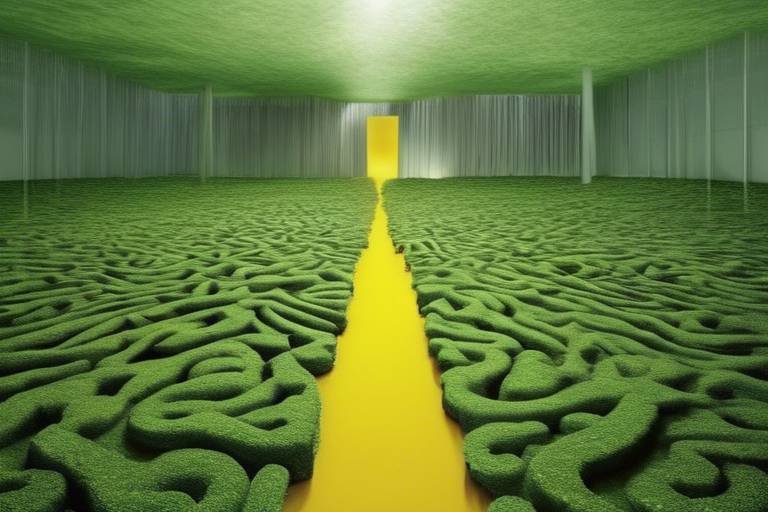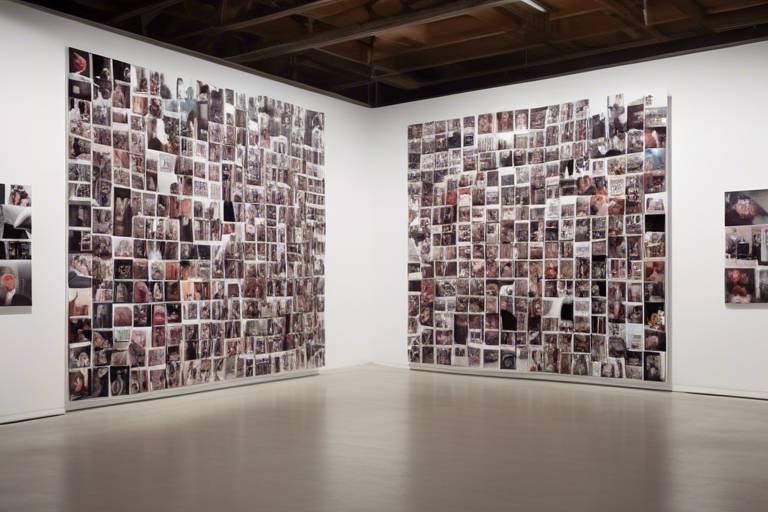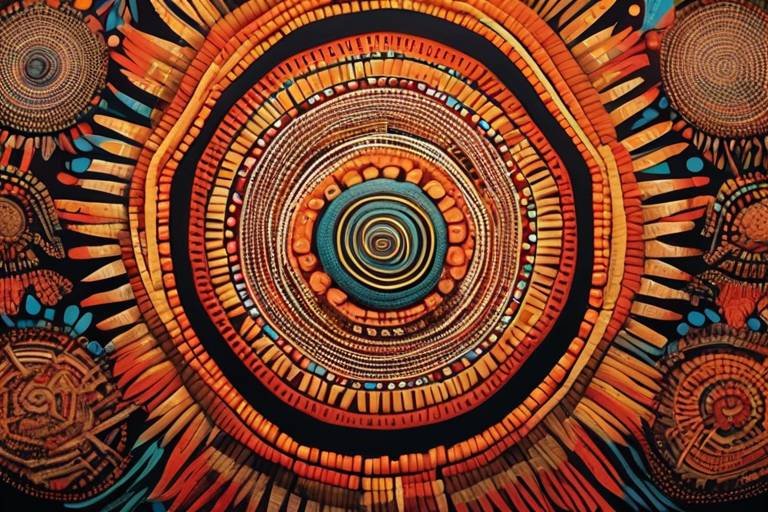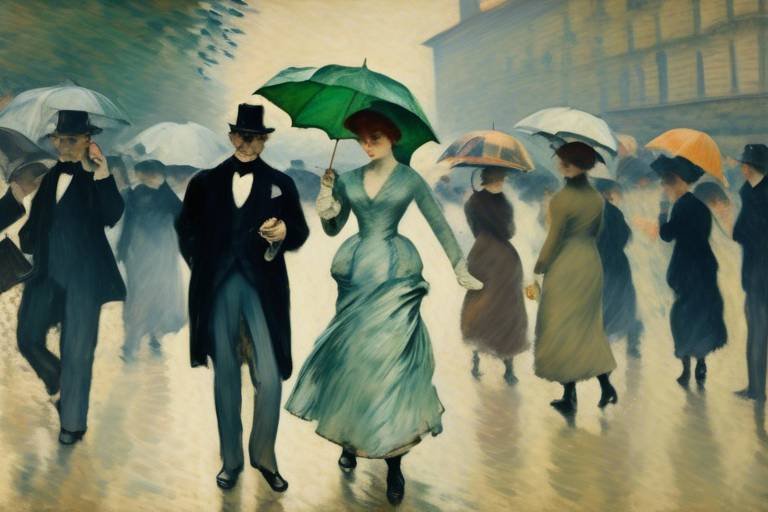The Artistic Contributions of the Chinese Dynasties
China's rich artistic heritage is a tapestry woven with the vibrant threads of various dynasties that have left an indelible mark on the country's cultural landscape. From the majestic Qin Dynasty to the opulent Qing Dynasty, each era has contributed unique art forms and styles that continue to inspire artists worldwide.
During the Qin Dynasty, early artistic developments showcased a focus on imperial grandeur, exemplified by the awe-inspiring Terracotta Army. The intricate craftsmanship and attention to detail in both art and architecture reflected the grand ambitions of the empire.
The Tang Dynasty, often referred to as a golden age, witnessed a flourishing of Chinese poetry, painting, and ceramics. This era was characterized by cultural exchange along the Silk Road, leading to a fusion of artistic influences from diverse regions.
The Song Dynasty heralded innovative advancements in landscape painting, porcelain production, and calligraphy. Artists during this period embraced a more introspective and refined approach, seeking to capture the essence of nature and emotions in their works.
The Ming Dynasty's artistic achievements encompassed a wide range of mediums, from the renowned blue and white porcelain to intricate silk embroidery. Architectural marvels like the Forbidden City reflected a harmonious blend of traditional aesthetics and new design elements.
During the Yuan Dynasty, a fusion of Chinese and Mongol artistic styles emerged, characterized by vibrant paintings and intricate metalwork. The introduction of techniques like cloisonné enamel added a new dimension to artistic expression during this period.
The Qing Dynasty epitomized opulence in art, with elaborate court paintings, exquisite jade carvings, and the iconic blue and white porcelain becoming hallmarks of the era. This period saw a synthesis of Chinese and Manchu artistic traditions, resulting in a rich tapestry of artistic expressions.
The artistic innovations of the Han Dynasty laid the foundation for subsequent dynasties, with advancements in bronze casting, tomb sculpture, and the development of a distinct visual language that influenced artistic movements for centuries to come.
Tracing the enduring impact of Chinese artistic traditions on contemporary art practices reveals a dynamic evolution from ink wash painting to porcelain artistry. The ongoing relevance of Chinese artistic heritage in the global art scene underscores the timeless beauty and cultural significance of these ancient dynastic contributions.

Qin Dynasty
The Qin Dynasty, known for its brief but impactful rule, left a lasting mark on Chinese art and culture. One of the most iconic artistic achievements of this period is the Terracotta Army, a monumental collection of clay sculptures depicting the army of Qin Shi Huang, the first Emperor of China. These life-sized figures showcase the intricate craftsmanship and attention to detail that characterized Qin artistic endeavors.
Art and architecture during the Qin Dynasty were heavily influenced by the emphasis on imperial grandeur and the pursuit of eternal glory. The grandeur of the Emperor's mausoleum, with its elaborate burial complex and intricate designs, reflected the power and authority of the ruling elite. The art of this period served not only as aesthetic expressions but also as symbols of authority and divine right.
Furthermore, the Qin Dynasty laid the foundation for the standardization of art and culture throughout the empire. The introduction of a unified writing system, standard weights and measures, and a centralized government administration influenced artistic production and cultural expression. This standardization contributed to the preservation and dissemination of artistic techniques and styles across different regions of China.

Tang Dynasty
The Tang Dynasty, often regarded as the golden age of Chinese civilization, witnessed a remarkable flourishing of arts and culture. This period, spanning from the 7th to the 10th century, was characterized by a vibrant exchange of ideas and artistic influences along the Silk Road, leading to the creation of exquisite works of poetry, painting, and ceramics.
One of the most notable artistic achievements of the Tang Dynasty was the development of Chinese poetry, with poets like Li Bai and Du Fu crafting timeless verses that captured the beauty of nature, the joys and sorrows of life, and the fleeting nature of human existence. These poets infused their works with profound emotions and vivid imagery, setting a high standard for poetic expression that would influence generations to come.
In the realm of painting, the Tang Dynasty saw the emergence of new styles and techniques, particularly in landscape painting. Artists sought to depict the natural world in a more realistic and emotive manner, using delicate brushwork and subtle ink washes to create evocative scenes of mountains, rivers, and forests. This emphasis on capturing the essence of nature would become a hallmark of Chinese landscape painting for centuries to come.
Furthermore, the Tang Dynasty was renowned for its advancements in ceramic production, producing exquisite pieces that showcased intricate designs and vibrant glazes. Tang ceramics, such as the iconic tri-colored ware, reflected the cosmopolitan nature of the dynasty, drawing inspiration from diverse cultural influences and techniques from Central Asia and beyond.
Overall, the Tang Dynasty's artistic legacy remains a testament to the creativity and cultural sophistication of ancient China. Through its poetry, painting, and ceramics, the dynasty left an indelible mark on the artistic traditions of East Asia and continues to inspire artists and art enthusiasts worldwide.

Song Dynasty
The Song Dynasty, known for its innovative advancements in various artistic fields, marked a significant shift in Chinese art history. During this period, landscape painting emerged as a prominent art form, with artists focusing on capturing the beauty of nature in a more introspective and contemplative manner. Utilizing delicate brushwork and subtle ink wash techniques, Song Dynasty painters created evocative landscapes that reflected a deep appreciation for the natural world.
Furthermore, the Song Dynasty was a time of great progress in porcelain production, with the development of exquisite celadon and white porcelain pieces that were highly prized both in China and abroad. The delicate craftsmanship and intricate designs of Song Dynasty ceramics showcased the refinement and elegance of Chinese artistic sensibilities.
In the realm of calligraphy, the Song Dynasty saw the rise of new script styles and a renewed emphasis on the expressive qualities of written characters. Calligraphers during this period explored innovative ways of manipulating brush strokes to convey emotion and meaning, leading to the development of diverse calligraphic techniques that would influence generations of artists to come.
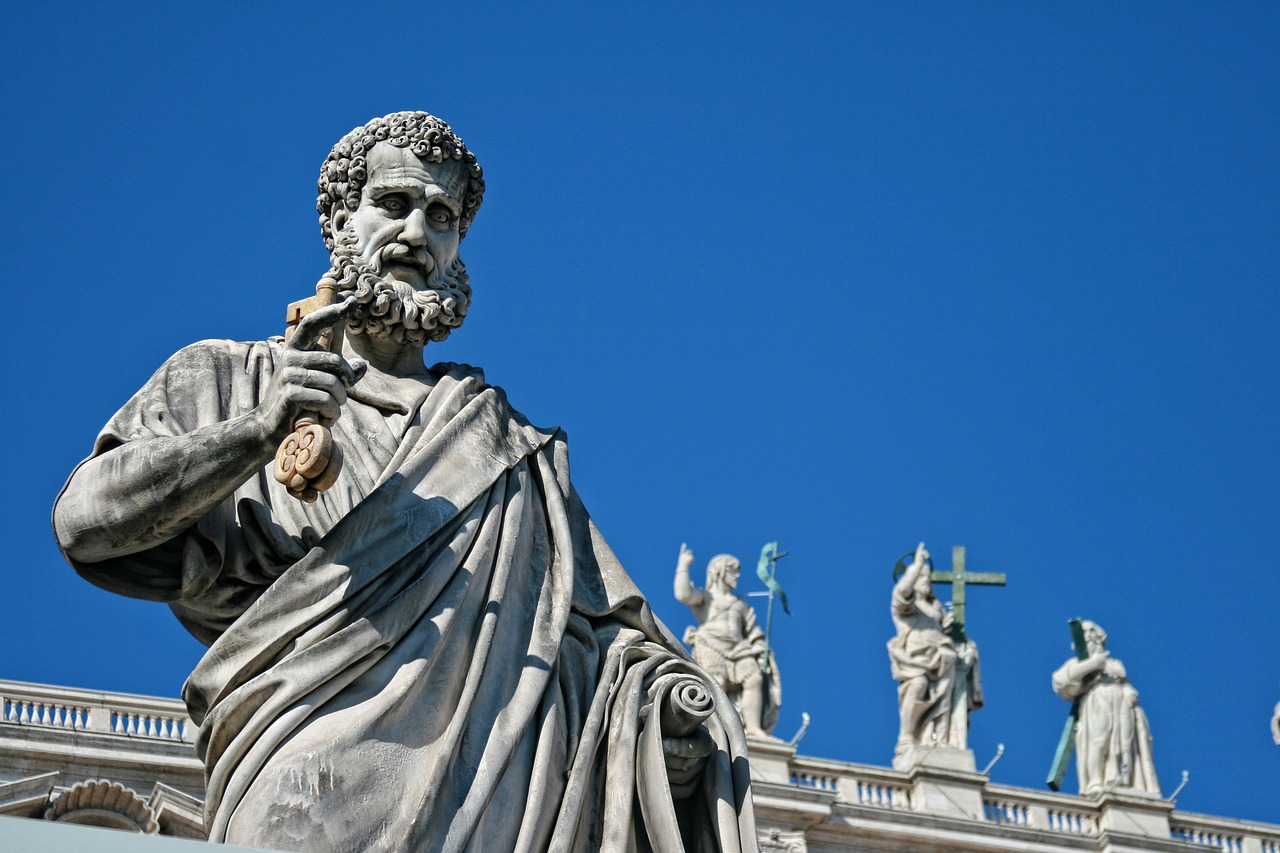
Ming Dynasty
During the illustrious Ming Dynasty, China witnessed a remarkable flourishing of artistic endeavors that left an indelible mark on the country's cultural landscape. One of the most iconic contributions of this era was the exquisite blue and white porcelain, characterized by intricate designs and delicate craftsmanship. The Ming Dynasty also excelled in the art of silk embroidery, producing intricate textiles adorned with vibrant colors and intricate patterns that showcased the mastery of Chinese artisans.
Architectural marvels such as the Forbidden City stand as testaments to the Ming Dynasty's grandeur and sophistication. This sprawling complex, with its ornate palaces, majestic gates, and meticulously landscaped gardens, exemplifies the fusion of traditional Chinese architectural principles with innovative design elements. The intricate wood carvings and colorful roof tiles of the Forbidden City reflect the meticulous attention to detail that defined Ming Dynasty craftsmanship.
Furthermore, the Ming Dynasty era was marked by a keen interest in artistic expression through various mediums. From the creation of elaborate furniture adorned with intricate carvings to the development of unique painting styles that captured the essence of Chinese landscapes, the artistic achievements of the Ming Dynasty continue to inspire admiration and awe.
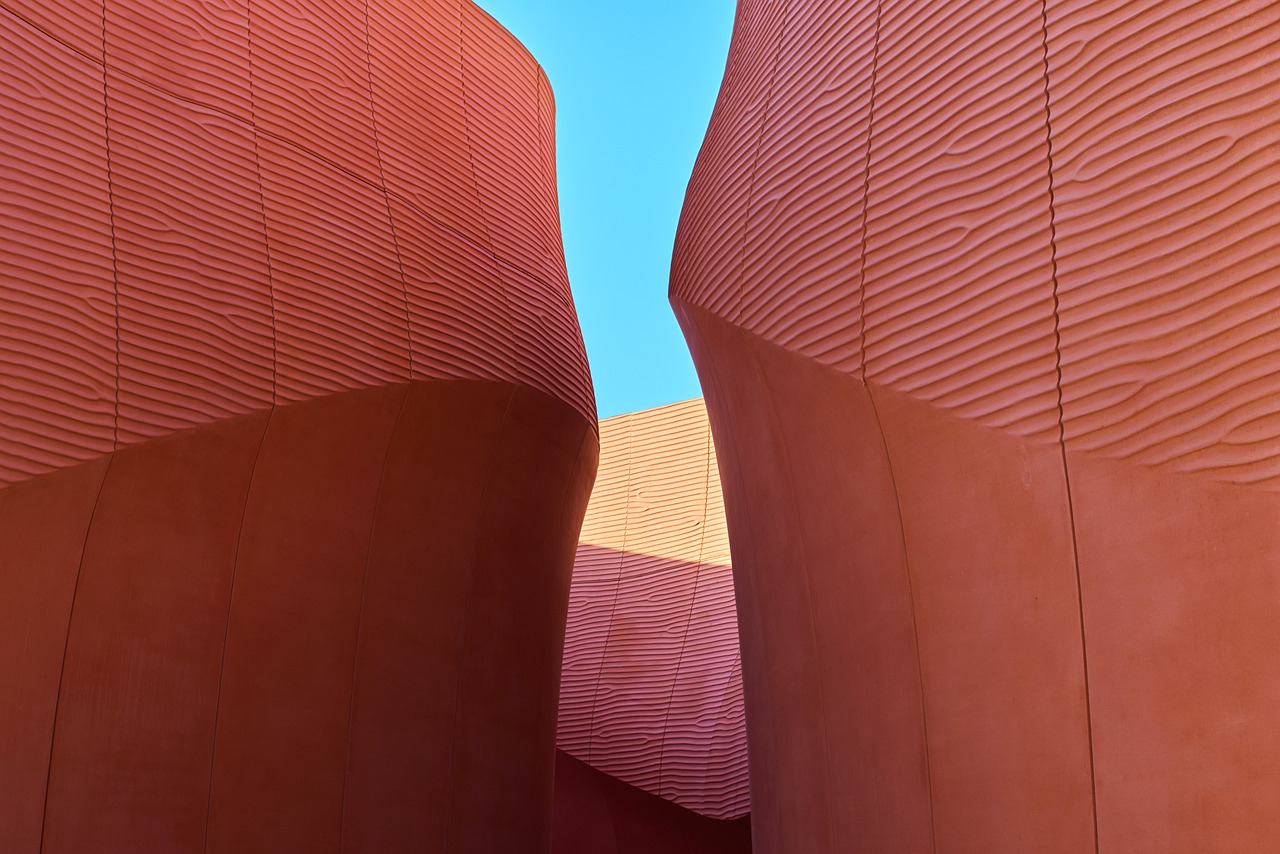
Yuan Dynasty
The Yuan Dynasty marked a significant period in Chinese history, characterized by a unique blend of artistic styles and cultural influences. During this era, Chinese art experienced a fusion of traditional Chinese aesthetics with innovative techniques introduced by the Mongol rulers. One of the prominent features of Yuan Dynasty art was the vibrant and expressive paintings that depicted a wide range of subjects, from landscapes to daily life scenes.
Artisans during the Yuan Dynasty excelled in intricate metalwork, creating exquisite pieces adorned with elaborate designs and patterns. The introduction of cloisonné enamel technique revolutionized the art of metalwork, with artisans mastering the intricate process of inlaying colorful enamel within metal borders to create stunning decorative pieces.
Moreover, the Yuan Dynasty witnessed the emergence of new forms of artistic expression, such as the development of intricate textiles and fabrics. Silk weaving and embroidery reached new heights during this period, with craftsmen producing elaborate silk garments and textiles that showcased intricate patterns and designs.
One of the enduring legacies of the Yuan Dynasty is the integration of diverse artistic influences from different regions, resulting in a rich tapestry of artistic styles that reflected the multicultural nature of the empire. This cultural exchange not only enriched Chinese art but also paved the way for future artistic innovations and cross-cultural collaborations.

Qing Dynasty
The Qing Dynasty, known for its opulent art forms and cultural synthesis, marked a significant period in Chinese artistic history. This era witnessed the flourishing of elaborate court paintings, exquisite jade carvings, and the development of the iconic blue and white porcelain. The artistry showcased a unique blend of Chinese and Manchu traditions, resulting in a rich tapestry of artistic expression.
One of the defining features of art was the production of intricate court paintings that depicted scenes of imperial grandeur and cultural significance. These paintings often portrayed historical events, mythical stories, and landscapes with meticulous detail and vibrant colors, reflecting the grandeur of the Qing court.
Another notable artistic achievement of the was the mastery of jade carving, a craft that reached new heights of intricacy and sophistication during this period. Artisans created exquisite jade sculptures, jewelry, and decorative objects, showcasing the delicate craftsmanship and cultural symbolism associated with jade in Chinese tradition.
The development of blue and white porcelain also flourished during the , with artists refining techniques to create iconic pieces that featured intricate designs in cobalt blue on a white background. This style of porcelain became highly sought after both in China and internationally, symbolizing the fusion of artistic traditions and cultural influences during the Qing era.
Overall, the left a lasting legacy in the realm of Chinese art, blending traditional aesthetics with innovative techniques to create a diverse range of artistic masterpieces. The art forms and styles developed during this period continue to inspire artists and collectors worldwide, showcasing the enduring influence of Qing artistic heritage in the global art scene.

Han Dynasty
The Han Dynasty, known for its artistic innovations and cultural achievements, left a lasting impact on Chinese art history. During this period, bronze casting emerged as a prominent art form, showcasing intricate designs and skilled craftsmanship. The art of tomb sculpture also flourished, with elaborate sculptures adorning burial sites to honor the deceased and depict scenes from daily life. These artistic expressions reflected the Han Dynasty's emphasis on honoring ancestors and maintaining cultural traditions through visual storytelling.
One of the most significant contributions of the Han Dynasty was the establishment of a distinct visual language that influenced subsequent dynasties and artistic movements. Artists during this period developed techniques to convey emotions and narratives through their work, leading to a deeper appreciation for art as a form of communication and expression. The intricate details and symbolic meanings embedded in Han Dynasty art pieces continue to captivate art enthusiasts and historians, offering a glimpse into the rich cultural tapestry of ancient China.
Moreover, the Han Dynasty's artistic legacy extended beyond sculpture and bronze casting to include advancements in ceramic production. Artisans during this period perfected the art of creating delicate porcelain vessels, showcasing exquisite designs and intricate patterns. These porcelain pieces not only served functional purposes but also reflected the aesthetic preferences of the time, with motifs inspired by nature, mythology, and historical events.
Furthermore, the Han Dynasty's artistic achievements were not limited to traditional art forms but also encompassed innovations in music, dance, and literature. The flourishing cultural scene during this period fostered creativity and intellectual exchange, leading to the development of new artistic genres and styles. Poets and writers flourished, producing timeless works that continue to inspire contemporary artists and writers.
In conclusion, the Han Dynasty stands as a pivotal period in Chinese art history, characterized by artistic excellence, cultural innovation, and a deep reverence for artistic traditions. The legacy of the Han Dynasty continues to resonate in modern times, serving as a source of inspiration for artists seeking to connect with the rich heritage of ancient China.
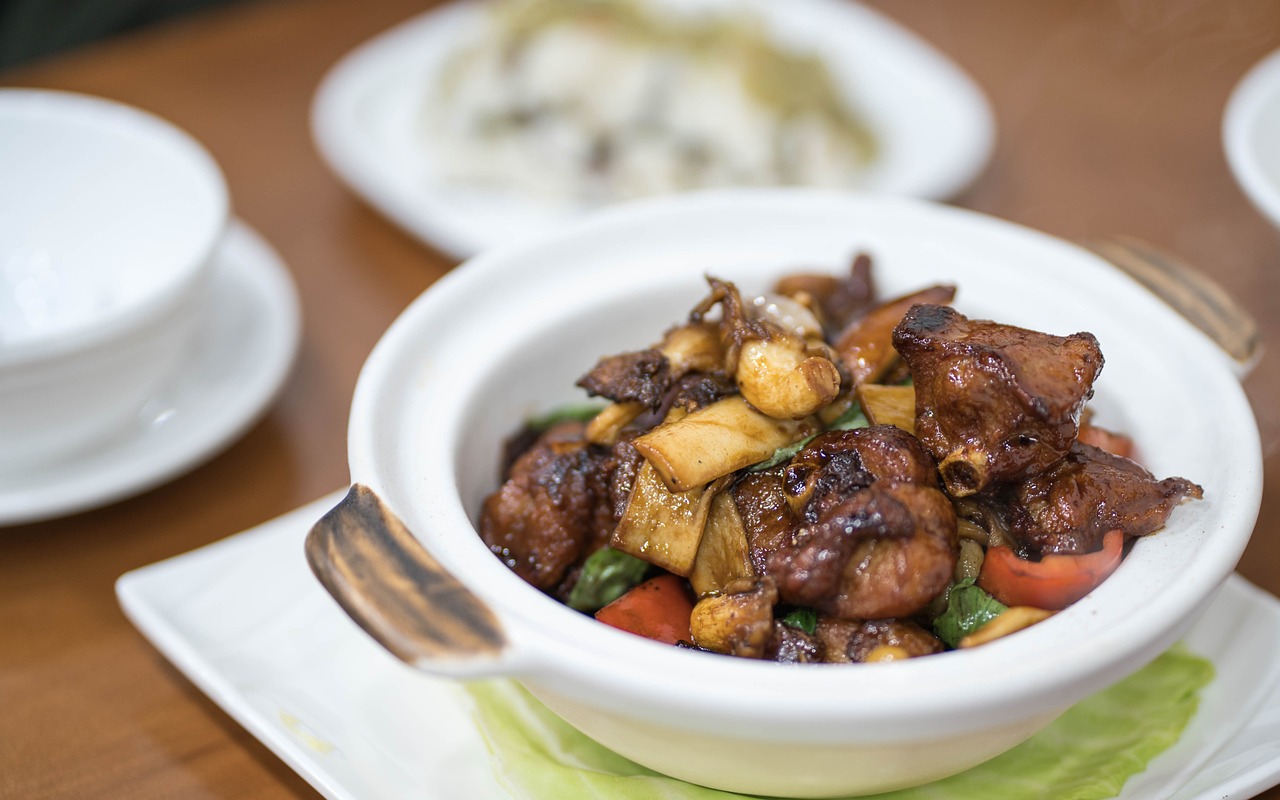
Modern Influences
Tracing the enduring impact of Chinese artistic traditions on contemporary art practices, the modern art scene continues to be heavily influenced by the rich heritage of Chinese dynasties. Artists today draw inspiration from a wide range of traditional Chinese art forms, from ink wash painting to porcelain artistry, incorporating these elements into their own creations. This fusion of old and new results in a dynamic artistic landscape that pays homage to the past while pushing boundaries towards the future.
Frequently Asked Questions
- What are some key artistic achievements of the Qin Dynasty?
The Qin Dynasty is renowned for the creation of the Terracotta Army, a monumental collection of terracotta sculptures depicting the armies of Qin Shi Huang, the first Emperor of China. Additionally, the dynasty placed a strong emphasis on imperial grandeur in art and architecture, leaving a lasting legacy of monumental structures and artistic representations of power.
- What defined the artistic landscape during the Tang Dynasty?
The Tang Dynasty is often referred to as a golden age of Chinese art, particularly known for its advancements in poetry, painting, and ceramics. This period witnessed a cultural flourishing and international exchanges along the Silk Road, leading to the development of unique artistic styles and techniques that continue to influence artists globally.
- How did the Song Dynasty contribute to the evolution of Chinese art?
The Song Dynasty made significant advancements in landscape painting, porcelain production, and calligraphy, marking a shift towards more introspective and refined artistic expressions. Artists during this period focused on capturing the beauty of nature and exploring new techniques, leading to the creation of iconic artworks that defined the era.
- What are some notable artistic achievements of the Ming Dynasty?
The Ming Dynasty is known for its contributions to various art forms, including blue and white porcelain, intricate silk embroidery, and architectural marvels like the Forbidden City. This period reflected a blend of traditional aesthetics and new influences, showcasing the richness and diversity of Chinese artistic expression.
- How did the Yuan Dynasty influence Chinese art?
The Yuan Dynasty saw a fusion of Chinese and Mongol artistic styles, resulting in vibrant paintings, intricate metalwork, and the introduction of new techniques like cloisonné enamel. This period of artistic exchange and innovation left a lasting impact on the development of Chinese art, influencing future generations of artists and craftsmen.
- What characterizes the art forms of the Qing Dynasty?
The Qing Dynasty is known for its opulent art forms, including elaborate court paintings, exquisite jade carvings, and the iconic blue and white porcelain. These artistic creations reflect a synthesis of Chinese and Manchu traditions, showcasing the intricate craftsmanship and cultural richness of the era.
- How did the Han Dynasty contribute to the artistic heritage of China?
The Han Dynasty introduced significant artistic innovations, such as bronze casting, tomb sculpture, and the establishment of a distinct visual language that influenced subsequent dynasties and artistic movements. Their artistic achievements laid the foundation for the development of unique artistic styles and techniques in Chinese art history.
- What is the enduring impact of Chinese artistic traditions on contemporary art?
Chinese artistic traditions continue to influence contemporary art practices, from ink wash painting to porcelain artistry, highlighting the ongoing relevance and evolution of Chinese artistic heritage in the global art scene. Artists today draw inspiration from traditional Chinese art forms, incorporating elements of history and culture into their creative expressions.


